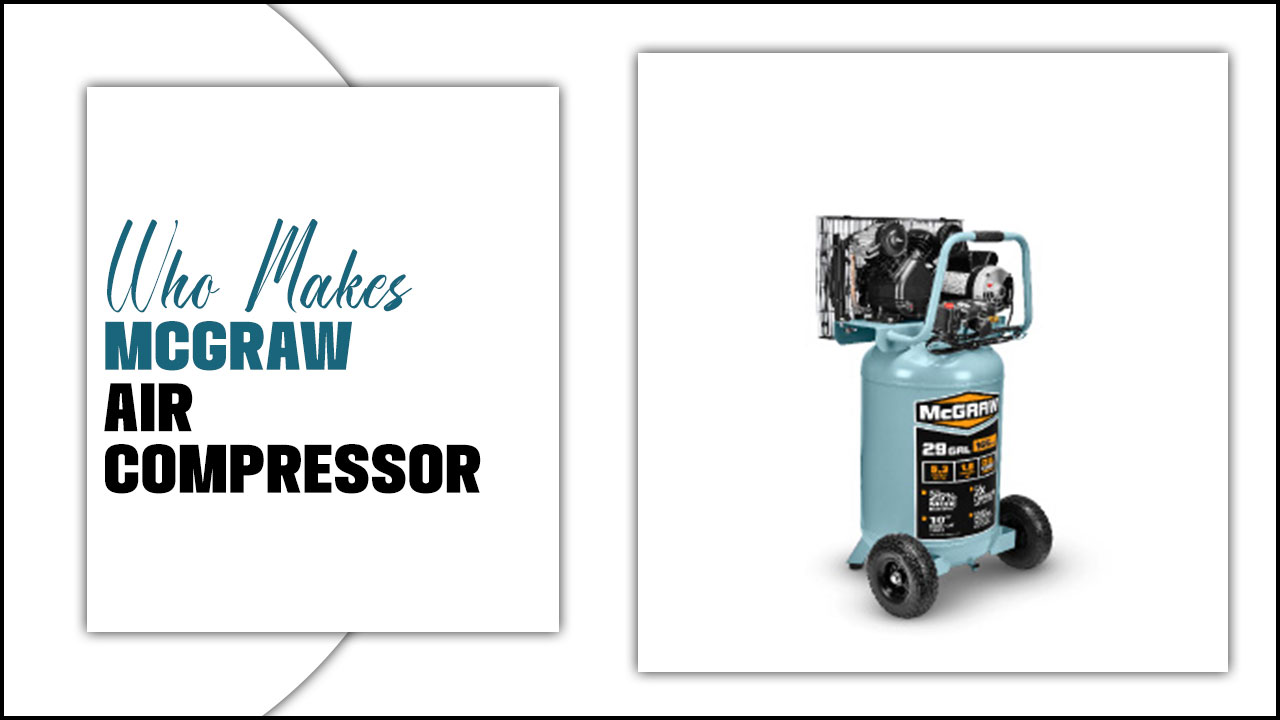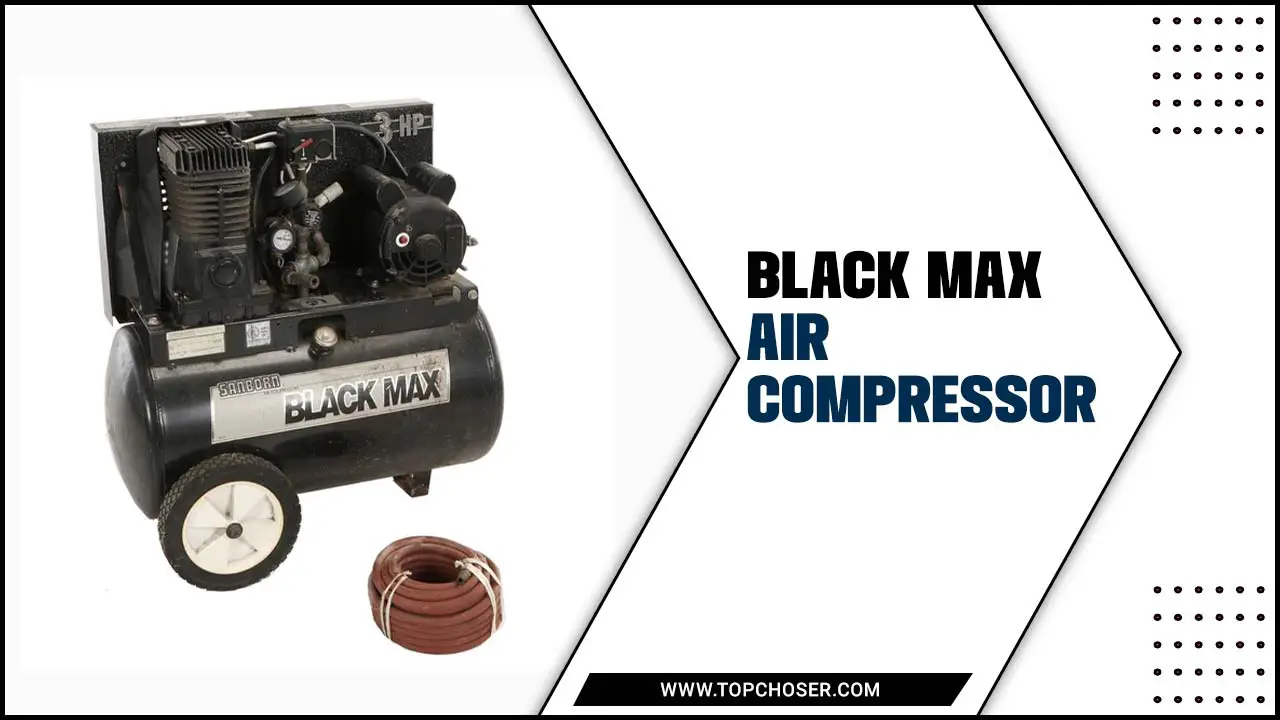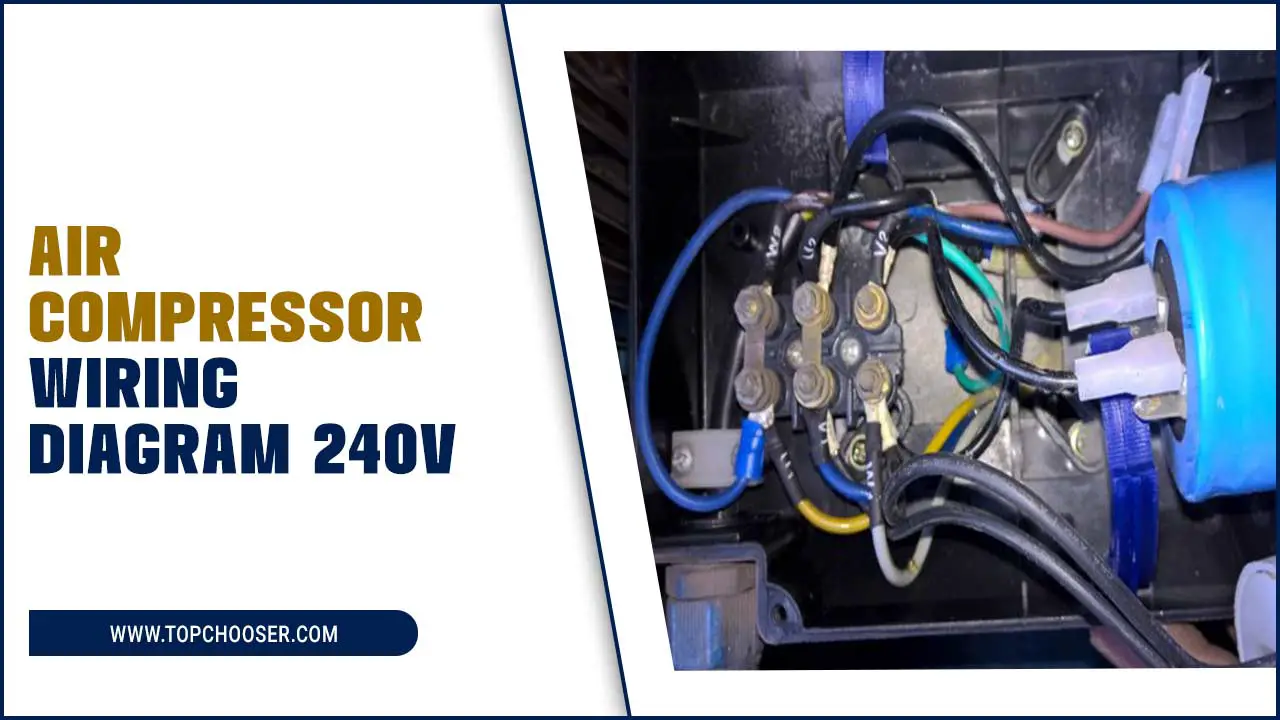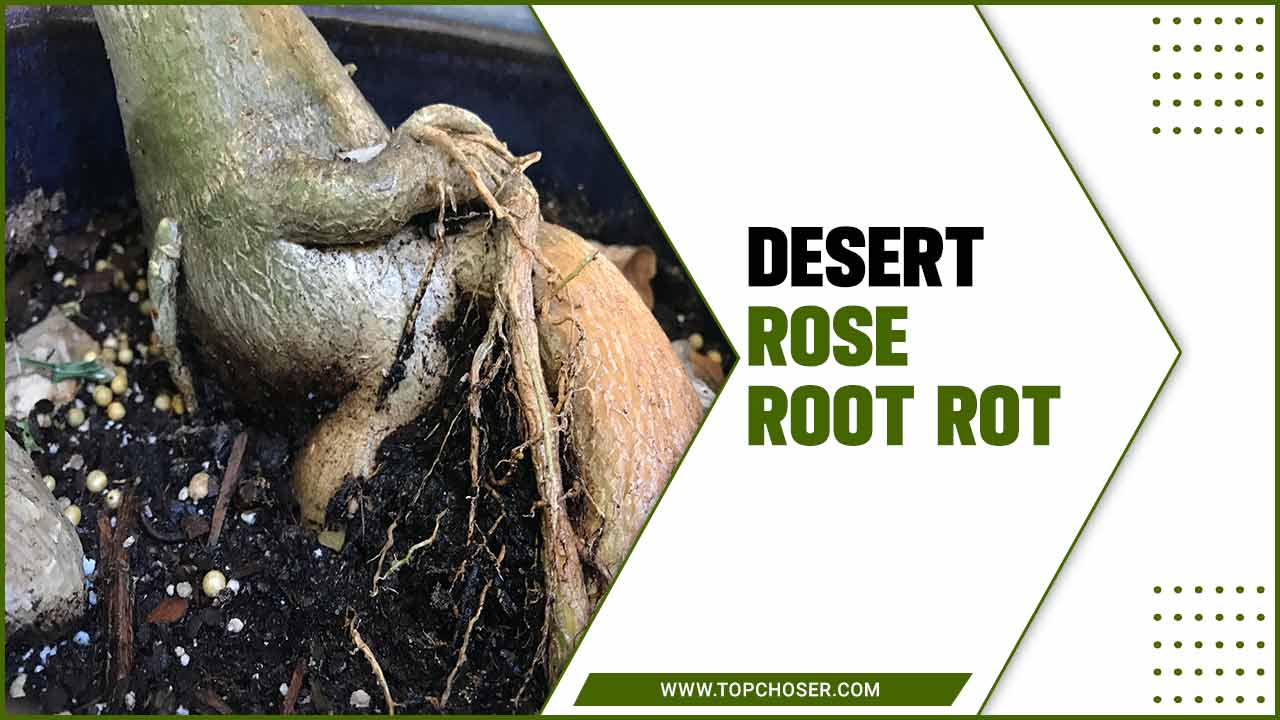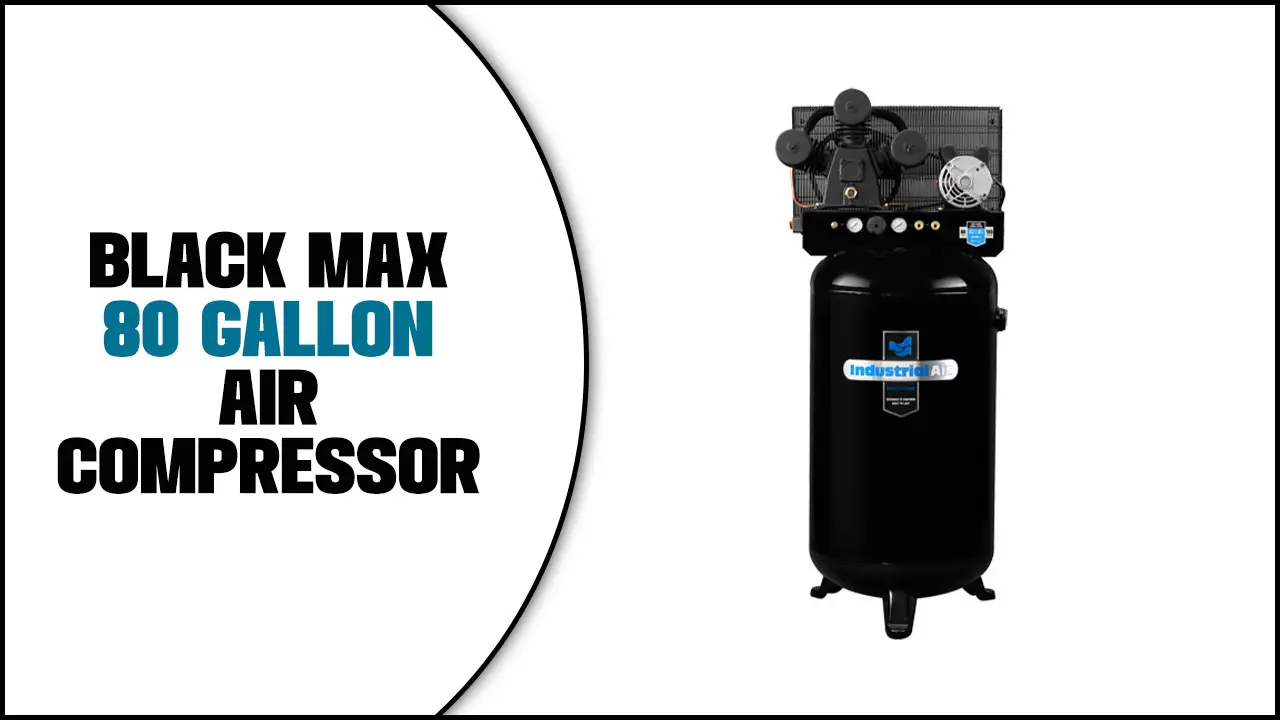A warm spot on the floor can be both a comforting and concerning discovery. While it can provide a cosy nook for pets and a source of relaxation for humans, it can also indicate underlying issues within a building’s structure.
Imagine stepping onto a warm spot on floor, like a cosy haven welcoming your feet. It’s a delightful feeling that can instantly lift your spirits. But have you ever wondered what causes these warm spots and how you can prevent them in your home?
We will explore the secret behind these comforting patches on your floor. We’ll discuss the common causes of warm spots in the areas in your home. Where they are most likely to occur, and effective prevention methods such as proper ventilation. Insulation techniques and floor heating options.
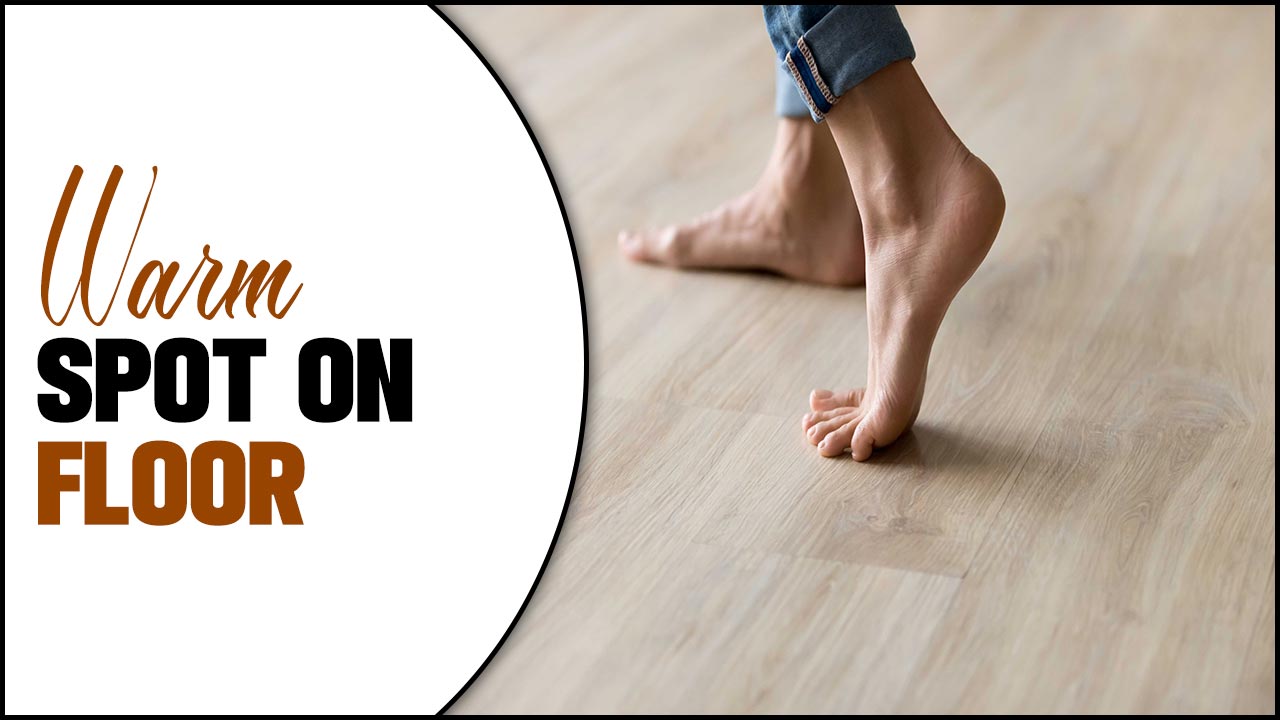
How Can Homeowners Prevent The Occurrence Of Warm Spot On Floor?
To prevent the occurrence of warm spots on the floor, homeowners can take several measures. Ensuring proper insulation and sealing of floors, using rugs or carpets for insulation, installing radiant heating systems or underfloor heating, and regularly inspecting and maintaining the HVAC system can help distribute heat evenly and prevent temperature imbalances. Here are some steps on How homeowners can prevent the Occurrence of the warm spot on floor.
Identifying The Causes Of Warm Spots
Warm spots on the floor can occur due to various factors, including radiant heat from pipes or electrical wiring, insulation issues, or hot water leakage. To identify the cause, homeowners should visually inspect the flooring, walls, and ceilings for any visible signs of damage or leaks.
Additionally, thoroughly inspecting the heating and cooling system can help pinpoint any potential issues. Proper insulation is vital for preventing warm spots and improving energy efficiency. In some cases, consulting with a professional plumber or HVAC technician may be necessary for an accurate diagnosis and appropriate resolution of warm spots on the floor.
Common Areas For Warm Spots
Various factors, including insulation issues, HVAC problems, or radiant heat sources, can cause warm spots on the floor. They are commonly found near windows or doors, above heated crawl spaces or basements, and in rooms with radiant floor heating systems.
To prevent warm spots, homeowners should ensure proper insulation in walls, ceilings, and floors to minimize heat transfer. Regular maintenance of HVAC systems is also important to ensure proper air circulation and temperature control throughout the home. If using radiant floor heating, it’s essential to properly install and regulate the system to prevent uneven heating and hot spots on the floor.
Proper Ventilation And Airflow
Proper ventilation and airflow are crucial factors in preventing warm spots on the floor. To ensure optimal airflow and temperature regulation in your home. It’s important to check for any obstructions blocking air vents or registers.
These obstructions can restrict airflow and cause temperature imbalances. Consider installing ceiling fans or portable fans to improve air circulation and distribute heat evenly throughout the room.
In humid areas like kitchens and bathrooms, opening windows or using exhaust fans can help reduce moisture buildup, contributing to warm spots. Additionally, regular cleaning and maintenance of your HVAC system. Filters and ductwork are essential for optimal airflow and temperature control in your home.
Insulation Techniques
Proper insulation is crucial in preventing warm spots on the floor. Add insulation between the floor joists or spray foam insulation to insulate the floor from underneath. It’s important to check for gaps or cracks in the floor where warm or cold air can escape.
Additionally, rugs or carpets can provide an extra insulation layer and prevent heat loss through the floor. Consider upgrading windows and doors to more energy-efficient options to reduce drafts and heat loss in the home.
Floor Heating Options
Underfloor heating systems offer a solution to eliminate warm spots by evenly distributing heat throughout the floor. Electric radiant heating systems use electric cables or mats to generate heat, providing an efficient and comfortable heating solution.
Hydronic radiant heating systems, however, use hot water Pressure flowing through pipes beneath the floor to provide warmth. Proper insulation and sealing of floors can also help prevent warm spots by reducing heat loss. Regular maintenance and inspection of heating systems are crucial for identifying any issues that may cause warm spots on the floor.
Maintenance And Inspection Guidelines
Regularly inspect your flooring for any signs of warmth or hot spots. Look for leaks in your plumbing system, which can cause a warm spot. It’s important to ensure proper insulation and ventilation on the floor and subfloor to prevent heat transfer.
If you’re dealing with persistent warm spots, consider installing a radiant floor heating system, which will distribute heat evenly throughout the floor. Consulting with a professional can help you identify and address any underlying issues causing the warm spot on your floor.
Professional Services For Warm Spot Prevention
If you have noticed a warm spot on your floor. It is important to take action to prevent any potential issues. This could indicate a problem with your heating system or insulation, leading to energy inefficiency and increased utility bills. Contacting a professional heating and cooling service provider to address this issue is recommended.
They can assess the situation, identify the underlying cause of the warm spot, and provide appropriate solutions. Whether it’s a faulty heating system or inadequate insulation, these professionals have the expertise and tools to resolve the issue effectively. Don’t wait until the problem worsens; contact a professional service provider to ensure your home remains comfortable and energy-efficient.
Long-Term Benefits Of Warm Spot Prevention
Preventing warm spots on the floor can have long-term benefits for your home and your comfort. A warm spot on the floor can indicate a hidden issue, such as a leak in your heating system or poor insulation. By addressing and resolving these issues.
You can improve the overall efficiency of your heating system and prevent potential damage to your floors and surrounding areas. Additionally, eliminating warm spots can help create a more comfortable living environment by ensuring that heat is evenly distributed throughout your home.
This can lead to improved energy efficiency, reduced utility bills, and increased comfort for you and your family. So, if you notice a warm spot on the floor, it’s important to take action and address the underlying cause to enjoy these long-term benefits.
Why Does a Concrete Slab Start To Leak?
A concrete slab can start to leak due to various factors and issues. Insufficient or improper waterproofing during the construction of the concrete slab can lead to leaks. Over time, the ground underneath the concrete slab may settle or shift, causing the slab to crack.
In regions with fluctuating temperatures, freeze-thaw cycles can cause concrete to expand and contract. Any structural damage to the concrete slab, such as impact from heavy objects or excessive weight, can compromise its integrity and result in leaks. Here are some of the reasons why a concrete slab may develop leaks:
- Poor waterproofing
- Settlement and shifting
- Improper drainage
- Freeze-thaw cycles
- Structural damage
- Ageing and deterioration
7 Signs You Have a Slab Leak
If you notice a warm spot on your floor, it could be a sign that you have a slab leak. Slab leaks occur when there is a break or leak in the hot water pipe that runs underneath your concrete foundation. One of the most common signs of a slab leak is water damage, such as wet carpets or warped flooring. You may also notice an increase in your water usage or a decrease in the flow of water from your faucets or showerheads.
If you suspect a slab leak, it’s important to address it promptly to avoid further damage to your home and to conserve water. Contacting a professional plumber who specializes in slab leak detection and repair is recommended to diagnose and fix the issue accurately. Here are 7 Signs:
- Sign #1: A spike in your water bill
- Sign #2: Water pooling where it shouldn’t
- Sign #3: Damp carpet or warped hard flooring
- Sign #4: Mold or mildew
- Sign #5: A decrease in water pressure
- Sign #6: A hot water heater that’s constantly running
- Sign #7: Areas of the floor that are suddenly hot
Conclusion
The sun was streaming through the window, creating a warm spot on the hardwood floor. It was a welcome comfort in the room’s chill, and the soft beams of light felt like a hug from the sun. The warm spot on floor may seem like a mystery, but it’s important to understand the underlying cause.
It could indicate an issue with your heating system, such as a leak or malfunction. Ignoring this warm spot can lead to further damage and higher energy bills. To uncover the secret behind the warm spot on your floor, it’s crucial to consult with a professional HVAC technician who can diagnose and resolve the problem promptly. Don’t wait until it becomes a bigger issue – take action now to ensure the comfort and safety of your home.
Frequently Asked Questions
[rank_math_rich_snippet id=”s-ee4f38f8-16e9-4875-bc30-fae5df7c5634″]

I am passionate about home engineering. I specialize in designing, installing, and maintaining heating, ventilation, and air conditioning systems. My goal is to help people stay comfortable in their homes all year long.

